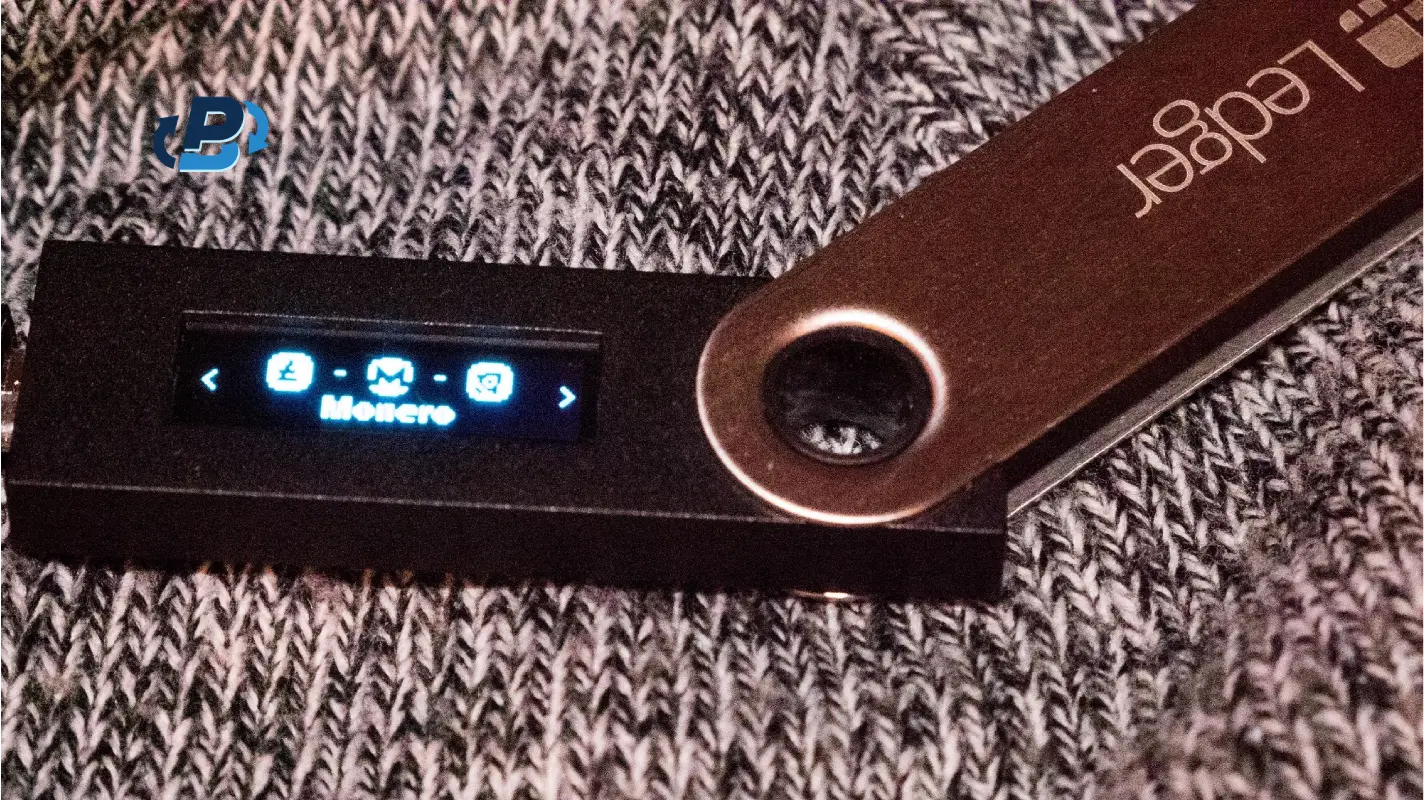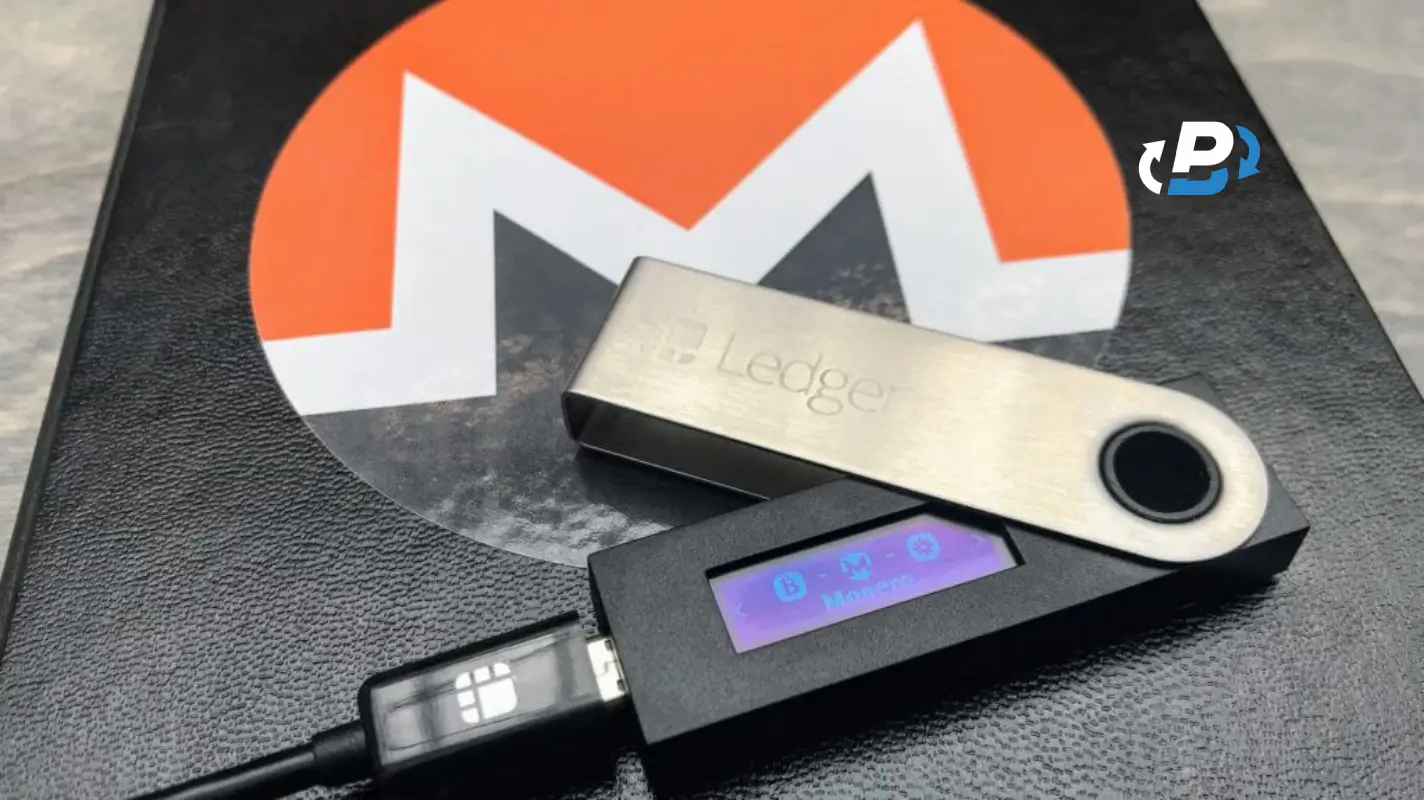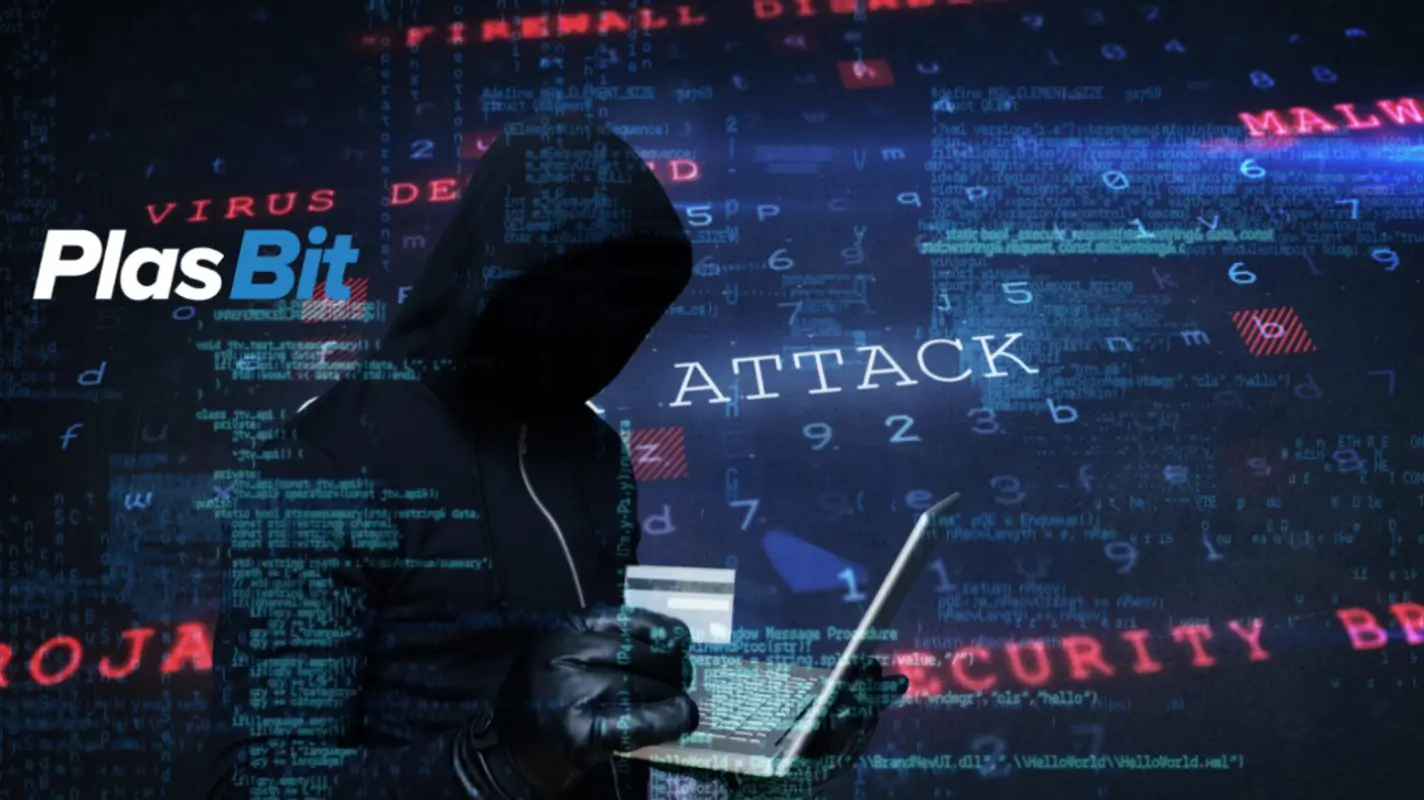Monero (XMR) is a cryptocurrency like no other, providing the best possible anonymity supported by encryption, leading to the creation of an entire Monero ecosystem. But, the weak points of that ecosystem are off-ramps to fiat and precious metals. One such off-ramp was LocalMonero, and it was recently shut down out of the blue. The official announcement of LocalMonero shutdown was published on May 7, 2024, on the LocalMonero website and stated the shutdown reason as “a combination of internal and external factors,” with the website disappearing forever on November 7, 2024. The LocalMonero co-founder, Alex Daneo, is present on social media, but has been cryptic about the reasons behind his decision. This article will go into the possible reasons for the situation, as well as chronicle its significance in the cryptocurrency community.
Possible Causes of LocalMonero Shutdown
There is wild speculation about the reasons for the shutdown, with the most likely ones being:
- poor OPSEC
- Russia-Ukraine war
- government crackdown on cryptocurrencies
- government takeover of Bitcoin
Poor OPSEC
Comments from Reddit users discussing the LocalMonero shutdown repeatedly refer to LocalMonero’s poor OPSEC (operations security). I wrote about OPSEC in my “Is Monero Untraceable” article, where I explained that it means sloppy security habits. It doesn’t matter what kind of security you have; people are always the weakest link in any security system. They tend to get lazy and sloppy over time, which leads to increasingly more egregious security breaches that become more and more expensive to fix. Facebook/Meta solved that problem by adopting the motto “move fast and break things,” leading to numerous security breaches and privacy scandals. The motto was changed in 2014, but the damage was already done.
LocalMonero did not have similar security breaches and privacy scandals, but something was not right with its infrastructure, Reddit user pebx said in the official Reddit thread announcing the shutdown, “I hope to see some details what ultimately caused this shutdown and would love to see your platform going open source, maybe others with better opsec from scratch would take it up.” Alex responded to that comment and did not deny either of the claims, meaning that: a) LocalMonero ran on closed source software and b) it was commonly known that the LocalMonero platform had poor OPSEC.
Closed-source software is made by a dedicated developer team and usually on a strict deadline. That makes for a deadly combination if one member of the team has a hidden agenda and introduces backdoors and exploits in the code. Because the deadline is so tight, the code can’t be reviewed in time by a multitude of people like open source software can. Even if the backdoors and exploits are discovered later on, it might be too costly to patch them up; revealing them to the public is out of the question, so the software keeps chugging along until the organization using it crumbles.
Another confirmation that LocalMonero’s infrastructure was compromised came from the announcement itself. Alex said the reason was a “combination of internal and external factors.” The reference to internal factors can only mean the code, the processes, or the staff, with the most likely candidate being the code. That leaves external factors, for which the speculation runs wild.
Russia-Ukraine War
On April 21, 2024, users started reporting that LocalMonero removed Russia from being a searchable region for transactions. One possible explanation for it is the increased regulatory pressure on all money handlers to enforce sanctions on Russia, meaning to cut Russia off from access to any platform where it can get or transfer money, especially US dollars, for which it can purchase weapons and ammo components. The sanctions were so severe that Russia looked into creating a common currency with other countries in BRICS, the geopolitical bloc it is leading.
But would Russian state actors use Monero and LocalMonero to move funds? That’s not out of the question, seeing how Russia has shown ingenuity since the start of the special military operation in Ukraine. For example, Russian soldiers were spotted carting off washing machines from captured Ukrainian settlements. That looked laughable until analysts realized that they have chips that can be used in missile guidance systems. Imports of other home appliances, such as blenders, into Russia and adjacent countries have also seen a massive uptick; they have valuable components with potential military use. Another possible explanation is a sudden increase in fraudulent transactions related to Russian users. Monero has been repeatedly linked to cybercrime, and plenty of ransomware does ask for the ransom in XMR to make the attacker untraceable.
Government Crackdown On Cryptocurrencies
In March 2024, forum users reported that LocalMonero started requesting KYC (know your customer) video calls from its users. KYC and AML (anti-money laundering) are two sets of procedures that all registered money handlers, such as banks, must adhere to; if not, they will lose their license and be shut down by authorities. That came as a surprise, because LocalMonero never before tried to act as a registered bank or a money handler. If true, it would indicate the LocalMonero shutdown was voluntary.
Other cryptocurrencies and crypto services have also experienced regulatory pressure or outright arrests of their founders or operators. On April 25, 2024, two developers of Samurai Wallet, Keonne Rodriguez and William Lonergan Hill, were arrested under charges of laundering or moving close to $2bn of illegal funds. Besides publicly flaunting banking rules and regulations, the two operated a cryptocurrency mixing service that allowed users to hide the origin of their funds while welcoming funds hailing from Russia.
The most outrageous theory is also the most believable. Despite all the government pressure on Monero and other cryptocurrencies, there is one that remains untouched: Bitcoin (BTC).
Government Takeover Of Bitcoin
This theory explains LocalMonero shutdown as an attempt by the US government to create a financial conglomerate with other governments and financial institutions to take over Bitcoin, which is at this point centralized in the hands of a few mining pools that are essentially banks. But first, this conglomerate wants to funnel as many cryptocurrency users into Bitcoin as possible, which it will do by attacking and shutting down all the alternatives to ensure maximum capital flight to a supposedly safe haven, where it can be easily seized.
Support for this theory is the arrest of Roger Ver, a famous opponent of Bitcoin and the creator of Bitcoin Cash (BCH), who published a book titled “Hijacking Bitcoin: The Hidden History of BTC” on April 5, 2024. The book is a scathing c ritique of Bitcoin’s current state, with Roger lambasting the adoption of custodial wallets for BTC and the fact that Bitcoin developers have way too much control over where BTC is going.
Custodial wallets mean that someone else is holding the funds on behalf of the client, like a bank would. If the client does something wrong or the funds are deemed suspect, the custodial wallet can be seized in an instant. Alternatively, if there are any fines or penalties or a government wants the funds taxed, that custodian can immediately withdraw a part of the funds without waiting for the client’s approval.
Related to the custodial wallet issue, Roger explained in the book that Bitcoin developers introduced changes that make Bitcoin more and more difficult to move between wallets, celebrating when the Bitcoin network became congested. If the network is congested, BTC cannot move from one wallet to another, and if more and more wallets become custodial, it becomes easier to seize BTC when governments do take control over the BTC network.
Roger was arrested in Spain on May 1 on behalf of the US government, which is accusing him of tax fraud in the amount of $48mm. The charges are related to 2014, when Roger renounced his US citizenship, but he allegedly failed to report all the Bitcoin he held at the moment, which he was obliged to do. The indictment states the IRS used a special “clustering analysis” to observe the movement of Bitcoin between wallets. That goes to show that Bitcoin is not private at all and that any BTC transaction can be tracked years or even a decade after it has been made.

LocalMonero History
The causes of LocalMonero shutdown might be disputable, but the website’s significance isn’t. Besides being a peer-to-peer off-ramp for Monero, the LocalMonero website published the unofficial gazette of the Monero community, The Monero Standard, which ran from February 20, 2022 to May 2, 2024. Over the course of 104 issues, The Monero Standard provided information on the state of the Monero network as well as on the state of connected projects, such as Monero wallets.
Once the LocalMonero website goes down, all the issues of The Monero Standard will disappear with it, but as cypherpunks used to say, “Information longs to be free.” Seeing how PlasBit is the torchbearer for cypherpunk ideals, we have decided to enshrine the most interesting tidbits from The Monero Standard in this article while highlighting some interesting Monero projects and stats on Monero.
Monero View Tags
January 2022 saw the announcement of View Tags, a Monero feature that was expected to reduce wallet sync times by up to 40%. A View Tag is a single-byte addition to a transaction that is known only to the two parties in the transaction. When a wallet is syncing up with the network, it performs an initial cryptographic analysis looking for a specific byte and, if found, does the verification of only those transactions that have the byte it is expecting to see.
So, why doesn’t that cut down the transaction verification time by 256 (2 to the power of 8) times? There is still a lot of complex math to be done by the wallet, so on average the improvement is about 40%. The best part is that that one byte adds negligible clutter to Monero transactions and the Monero blockchain. The Monero community funded the creation of View Tags by creating a developer bounty of 23.3 XMR, which was at the time worth around $5,000, resulting in quick and smooth development, and the feature launched with Monero v0.18.0.0 on July 19, 2022.
Community Prevents 51% Attack on Monero
A 51% attack happens when an adversary controls 51% or more of a cryptocurrency network and tries to compromise the network’s integrity. In the case of Monero, that means an entity controls 51% or more of Monero’s hashrate used to process transactions and can double-spend any of them, meaning process one transaction twice at the exact same time and get funds from both.
That situation almost happened on February 13–16, 2022, when the MineXMR Monero mining pool gained control of over 51% of the Monero network’s hashrate, becoming able to double-spend Monero transactions. To remedy the situation, the Monero community jumped in, with a Monero contributor sech1 renting 4 MH/s of hashpower and adding it to another Monero mining pool until MineXMR’s influence went back to normal.
Charitable Anon Donates $460,000 To Monero
On September 1, 2023, the entire Monero CCS (Community Crowdfunding System) wallet was drained. It held 2,675.73 XMR, or roughly $400,000, all of which was gone in nine minutes across nine transactions. Other Monero holders were attacked in a similar fashion across the Monero network. A wave of attacks earlier that year drained at least $100mm from over 5,000 wallets.
The cause appears to be a vulnerability in the LastPass password manager that leaked the wallet seeds. Blockchain analysts attributed all those attacks to North Korea’s “Lazarus Group,” which allegedly stole over $2bn in various hacking attacks.
As for the CCS, there is a happy ending. In December 2023, a charitable anon donated 2,696.73 XMR, or about $464,000, to the wallet, from which the Monero community funds proposals, ideas, and improvements.
Shruum Wallet
May 2022 saw the release of Shruum, a Tor-only Monero wallet by Reddit user akimayumi that removed a lot of code bloat and made some security features, such as wallet passwords, mandatory. It also added support for hardware wallets and removed some features, such as support for NFC (near-field communication, used in tap-to-pay cards). As of October 2024, all Shruum wallet links, such as the link to the code repository, have been removed from the clearnet. Akimayumi has not posted on Reddit since the wallet announcement post.
Monero Observer
The July 6, 2022 issue of The Monero Standard promoted Monero Observer, a handy teletext-style website that presents up-to-date Monero news and resources without serving Javascript, cookies, or ads. The Resources section of the Monero Observer lists email addresses of Monero developers and websites and clearnet and Onion links to Monero projects and their code repositories.
The cherry on top in that section is the Monero project blacklist, where you can find a list of all known and suspected Monero scams with supporting evidence, though in some instances the only proof is a Reddit comment claiming so. If your sleuthing skills are better, feel free to contact the Monero Observer owner/operator and suggest an update to the list.
Monero Bounties
The Monero Standard regularly reported on another community-driven project, Monero Bounties, which let developers try their luck with restarting or updating various Monero projects, such as wallets and wallet plugins. Translation and research bounties are possible as well, but they are not funded nearly as much; the creation of a new wallet has a 53 XMR bounty compared to a logo revamp that is funded with 0.5 XMR. Anyone can create any of those bounties, and anyone can fund them.
How it works is that anyone can leave a comment to start work on a project. Admins of the website determine if the comment is serious and award the work to the comment author. Once the job is done, the bounty is paid in XMR to the freelancer. As of March 2024, the creation of new bounties has been suspended, but the ones currently open are still available for work. The stated reason is “maintenance issues upstream.”
Monero Price and Cost Trends
The following table lists a few interesting trends in Monero history indicated in The Monero Standard, such as how the transaction fee changed over time to promote using Monero instead of fiat. Note the inflation — it consistently remains around 1%, which is remarkable for a cryptocurrency and means steady currency issuance. The Monero Standard was written by one freelancer, who apparently stopped writing it in August 2022, but the project was picked up by another writer shortly after, hence the gap in the table. Also note that one piconero is equal to 0.000000000001 XMR.
| Period | Price | Average transaction fee | Mining reward | Inflation |
|---|---|---|---|---|
| January 2022 | $161 | $0.02 | $113 | 1.06% |
| February 2022 | $178 | $0.02 | $122 | 1% |
| March 2022 | $200–$218 | $0.022–$0.026 | $136–$145 | 0.96%–1% |
| April 2022 | $217–$231 | $0.018–$0.025 | $135–$143 | 0.92%–1% |
| May 2022 | $166–$197 | $0.02–$0.022 | $104–$119 | 0.86%–0.91% |
| June 2022 | $113–$118 | $0.0089–$0.012 | $67–$71 | 0.86%–0.87% |
| July 2022 | $133–160 | 4 piconero per byte | $80–$97 | 0.84%–0.86% |
| August 2022 | N/A | N/A | N/A | N/A |
| September 2022 | N/A | N/A | N/A | N/A |
| October 2022 | $144–$162 | 20 piconero per byte | $87–$90 | 0.88%–0.91% |
| November 2022 | $144–$149 | 20 piconero per byte | $74–$87 | 0.89%–0.91% |
| December 2022 | $143–$151 | 20 piconero per byte | $87–$92 | 0.88%–0.9% |
| January 2023 | $165–$174 | 20 piconero per byte | $100–$108 | 0.82%–0.9% |
| February 2023 | $151–$163 | 20 piconero per byte | $92–$100 | 0.86%–0.87% |
| March 2023 | $146–$163 | 20 piconero per byte | $89–$99 | 0.89%–0.93% |
| April 2023 | $156–$158 | 20 piconero per byte | $95–$96 | 0.87%–0.9% |
| May 2023 | $150–$154 | 20 piconero per byte | $92–$94 | 0.89%–0.91% |
| June 2023 | $144–$167 | 20 piconero per byte | $87–$102 | 0.88%–0.93% |
| July 2023 | $162–$167 | 20 piconero per byte | $99–$100 | 0.83%–0.91% |
| August 2023 | $143–$159 | 20 piconero per byte | $87–$97 | 0.86%–0.87% |
| September 2023 | $142–$146 | 20 piconero per byte | $86–$89 | 0.93%–0.95% |
| October 2023 | $153–$168 | 20 piconero per byte | $93–$102 | 0.82%–0.91% |
| November 2023 | $167–$168 | 20 piconero per byte | $101–$102 | 0.84%–0.88% |
| December 2023 | $174–$175 | 20 piconero per byte | $106 | 0.85%–0.86% |
| January 2024 | $167–$175 | 20 piconero per byte | $92–$102 | 0.83%–0.88% |
| February 2024 | $121–$136 | 20 piconero per byte | $74–$84 | 0.86%–0.91% |
| March 2024 | $135–$141 | 20 piconero per byte | $81–$85 | 0.85%–0.93% |
| April 2024 | $123–$132 | 20 piconero per byte | $75–$81 | 0.88%–0.92% |
PlasBit’s Fight For Ideal Privacy
The world is inevitably changing, with cryptocurrencies becoming more and more valid by the day. All the attacks and subversions on them are there to weed out the weak and show which cryptocurrency is worthy of becoming the next Bitcoin. In my opinion, Monero is a major contender for that title thanks to its common sense approach to anonymity and community development that doesn’t give any single party too much power. It is inevitable that Monero will be tested more and more, and if it survives, it will only grow stronger and better.
Those tests will in part come from the shifting geopolitical situation that will lead to drastic measures by various governments and institutions desperate to control the flow of money. The Russia-Ukraine conflict is not likely to end soon, seeing how economies on both sides are gearing up to funnel more money and weapons into it. As it heats up, the world will become increasingly polarized and those of us who don’t want to be involved in it will have to pick a side. My choice is to pick neither Russia nor Ukraine, but to side with people who want to be authentic and change the world for the better, namely by promoting the human right to privacy, which I recognized in PlasBit.
What I have learned researching what happened to LocalMonero is that privacy is an essential part of healthy human relationships. By promoting Monero and facilitating private transactions between its users, LocalMonero accidentally created a healthy environment for long-lasting social interactions, something that we all so desperately need. I see that as a remarkable success and a sign of things to come — a future where we won’t be so obsessively tracked and scrutinized by institutions. That is what I found with PlasBit, the cypherpunk torchbearer exchange that promotes privacy and cypherpunk ideals of indestructible systems driven by the community, just like Monero.













